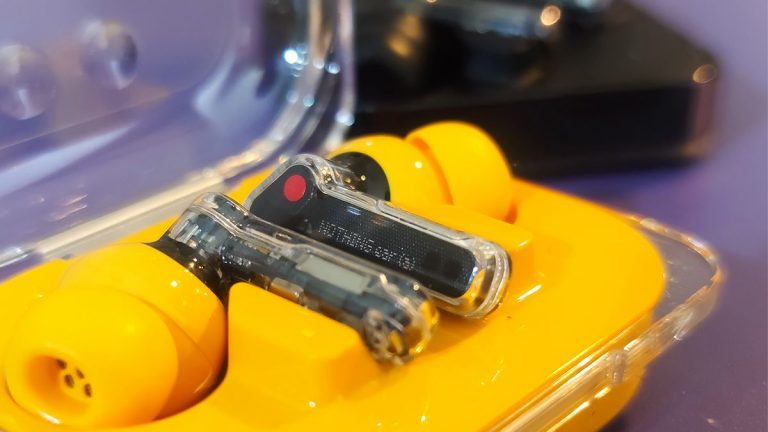
Crypto exchange-traded fund (ETF) issuer Bitwise predicted that 2025 will usher in the Golden Age of Crypto.
In its latest report, Bitwise outlined a stellar 2025 for Bitcoin, Ethereum, and Solana, building on their impressive 2024 performances. Among other things, AI-driven meme coins are also expected to gain traction in the coming year.
Bitcoin to $200K and Beyond
Bitcoin led the charge in 2024, soaring 141.72% as ETF inflows reached record highs, and its April halving further tightened supply. Bitwise anticipates this momentum to continue, first projecting Bitcoin to reach $200,000, before subsequently hitting $500,000 or more if the US government plans for a 1 million BTC strategic reserve materialize.
Ethereum, despite a 75.77% gain, faced competition from faster programmable blockchains in 2024. However, the narrative is expected to shift as Layer 2 solutions like Base and Starknet drive adoption, and spot Ethereum ETFs attract billions in inflows.
Solana, “crypto’s phoenix,” climbed 127.71% in 2024, bolstered by meme coin mania. In 2025, Solana’s ecosystem is expected to mature, attracting serious projects like Render, which could cement its position as a leading blockchain. With these catalysts in play, Bitwise believes the “Magnificent Three” will dominate the crypto market, outpacing traditional asset classes once again.
Meme coin trends in 2025 could surpass those of 2024, driven by integrating AI agents into the crypto ecosystem. Bitwise highlighted a significant trend: AI agents driving the next wave of meme coins.
A notable example is a16z’s Marc Andreessen engaging with the autonomous chatbot Truth Terminal, which promoted the obscure meme coin GOAT. This quirky experiment led to GOAT reaching a $1.3 billion market cap, showcasing the explosive potential of combining AI and meme coins.
Another innovation is Clanker, an AI agent operating on Coinbase’s Layer 2 solution, Base. Clanker autonomously deploys tokens when tagged in a Farcaster post, launching over 11,000 tokens in just a month and generating $10.3 million in fees.
While most of these tokens may lack utility and likely collapse, the convergence of AI and crypto represents what Bitwise describes as “an interesting collision of two breakthrough technologies – AI and crypto – that bears watching.”
IPO Fever to Stablecoins Crushing $400B
2025 will mark a turning point for crypto IPOs as unicorns like Circle, Chainalysis, and Kraken prepare to go public, fueled by rising institutional adoption, mainstream blockchain interest, and an improved regulatory environment.
Bitwise also predicted that Coinbase might enter the S&P 500 and MicroStrategy might soon be included in the Nasdaq-100. This could trigger billions in institutional buying from index-tracking funds.
Meanwhile, catalysts such as pro-crypto legislation, fintech integration, global remittance adoption, and a thriving crypto economy could drive stablecoins to a $400 billion market cap in 2025.
Bitwise ultimately predicts Bitcoin will surpass gold’s $18 trillion market cap and trade above $1 million per coin by 2029, marking the peak of its next four-year cycle.
Binance Free $600 (CryptoPotato Exclusive): Use this link to register a new account and receive $600 exclusive welcome offer on Binance (full details).
LIMITED OFFER for CryptoPotato readers at Bybit: Use this link to register and open a $500 FREE position on any coin!
























+ There are no comments
Add yours